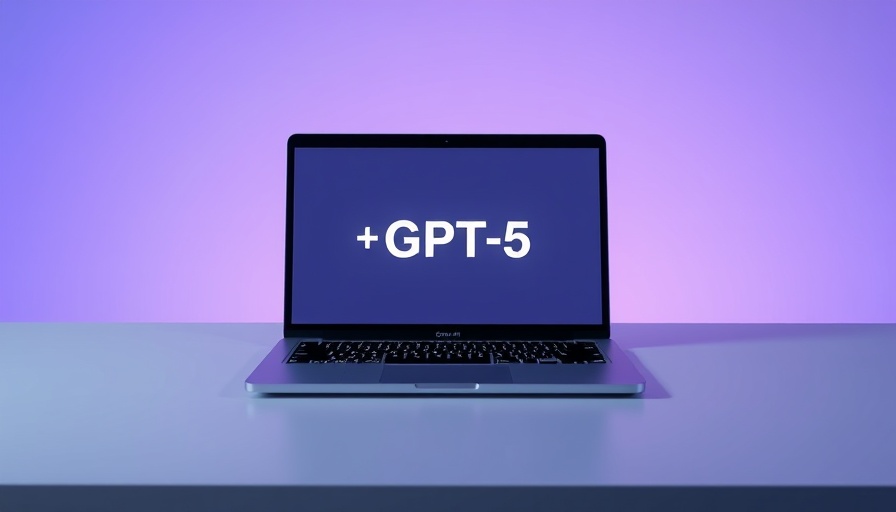
Revolutionizing Business Communication: Exploring GPT-5 on Cursor
OpenAI’s recent launch of GPT-5 on Cursor has sparked excitement among businesses, especially small and medium enterprises (SMEs) looking to elevate their operational efficiency. With the prospect of accessing this advanced AI tool for free during the launch week, many are eager to know how to harness its potential.
What Makes GPT-5 Unique? Discover Its Advanced Features
GPT-5 stands out with enhanced linguistic capabilities and cognitive understanding, making communication more intuitive. In contrast to its predecessor, this model better grasps context, providing businesses with a more human-like interaction experience. Whether you’re drafting emails or generating content for marketing campaigns, GPT-5’s capabilities make your communications not only faster but also more engaging.
How to Access GPT-5 Free on Cursor: Easy Steps For Businesses
Getting started with GPT-5 is straightforward, especially for anyone looking to integrate this AI into their daily operations. Follow these steps:
- Download and Install Cursor: Visit the Cursor website and download the application to begin.
- Set Up Your Access: Sign up for a Cursor account, which offers free credits during the initial launch week.
Once set up, you can start experimenting with GPT-5’s features, paving the way for improved productivity in your business.
Real-World Application: Building Your Smart Task Manager with AI
Imagine streamlining your project management process with a Smart Task Manager powered by GPT-5. In a hands-on demo, users can create an application that not only assigns tasks but also intelligently recommends actions based on deadlines and team performance. These sorts of tools can transform how small businesses manage tasks and ultimately improve team productivity.
Accelerating Business Growth: The Value of Knowing GPT-5
Understanding and implementing GPT-5 can lead to significant changes in how SMEs operate. AI-driven features can assist in customer service, automate routine tasks, and even aid in marketing strategies, enabling businesses to adapt quickly to market demands. As more companies harness the power of AI, those who fall behind may find themselves struggling to keep up.
Common Misconceptions About GPT-5
Many businesses worry that integrating AI like GPT-5 is complicated or only suitable for large corporations. However, this couldn’t be further from the truth. Agile and user-friendly platforms like Cursor enable SMEs to utilize AI without extensive technical knowledge. Embracing GPT-5 can democratize access to advanced technologies, allowing smaller players to leverage the same tools as industry giants.
Future Trends: Where is AI Like GPT-5 Heading?
The future of AI in business looks promising. As models like GPT-5 evolve, we expect to see even more personalized and efficient communication tools. Businesses that capitalize on these advancements now will not only improve their operations but also position themselves as leaders in the realm of innovation.
This integration of AI technologies is more than a trend; it's a movement towards greater efficiency and smarter business decisions. As you explore the capabilities of GPT-5, consider how these tools can become integral parts of your business strategy.
Call to Action: Embrace the Future of Your Business Today!
Don't miss the opportunity to transform your business with GPT-5. Begin using Cursor’s platform today to unlock free access and explore everything this groundbreaking tool has to offer. Your future-ready business awaits!
 Add Row
Add Row  Add
Add 



Write A Comment